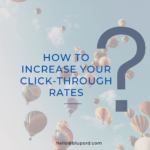Creating impressive Press Releases
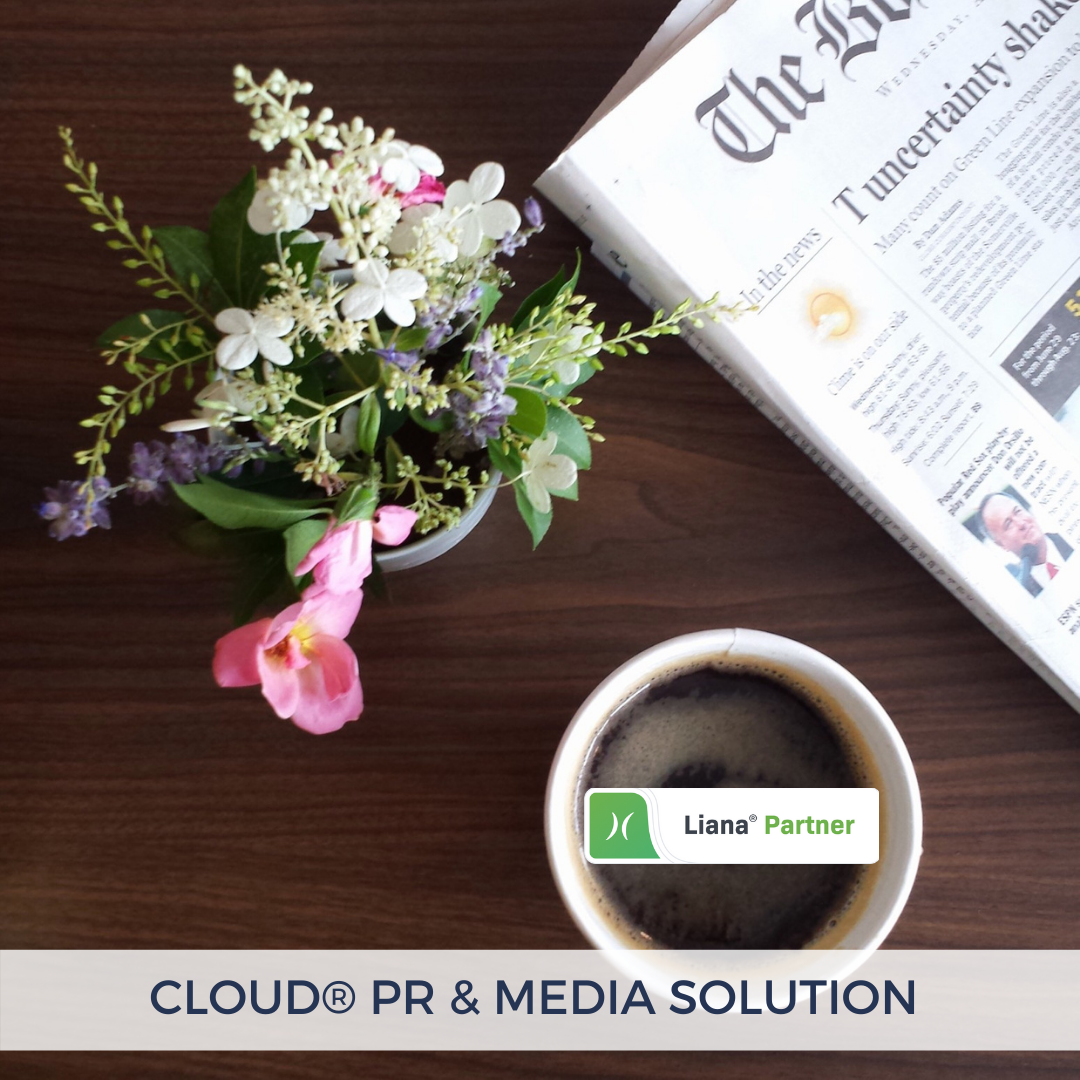
Press releases are an incredible tool that allows you to inform a wider audience about your organization and provide all the latest news and events. It may be an important statement, appointment, launch of a product, or it may be the news that you are now open for business.
Regardless, in order to prepare an excellent press release and obtain exposure, you need to put resources into its redaction. Fabricate your press release with an engaging title, an outline that provides important information, an accurate boilerplate, but also visuals, statements, and stats – but also your company details and contact information.
As you may have all of the fundamental data to fill all the parts, you may still be unsure how to express your brand? This article will assist and guide you in the right direction.
What should your press release be about?
Practically any sort of organization can write a press release: it can be a small company, a major corporation, an NGO, a charity, or even a municipality. At that point, relying upon who is writing, the subject can be altogether different:
- The launch of a new product or service
- Participation in a competition or contest
- A new partnership
- A customer success story
- An upcoming event
- A company’s rebranding process
- Announcing an acquisition, or a merger
- How the company is managing a crisis
- A topic requiring to gain public attention
How to begin the writing process of the press release?
Once you have made up your mind about the topic of your press release, it is time to actually write it. To encourage the writing process, the structure of your press release can be divided into three sections:
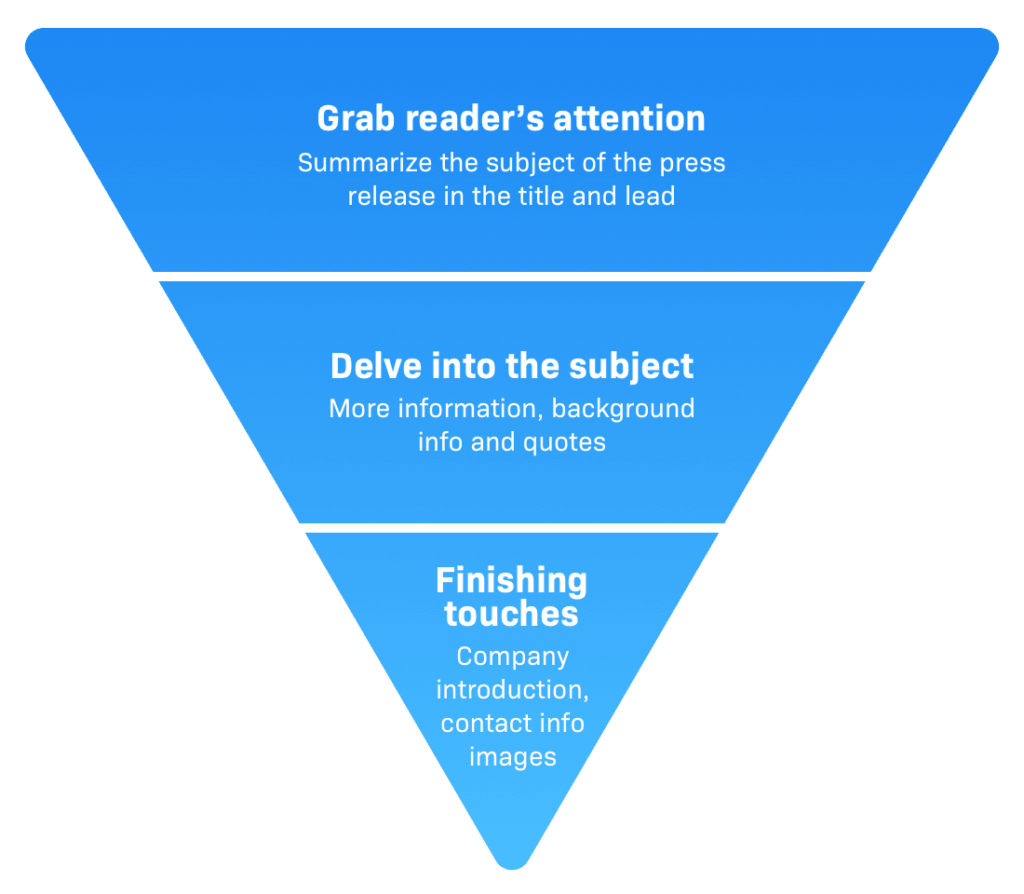 1.Grab the reader’s attention
1.Grab the reader’s attention
Headline
The headline (or title) of your press release is its main and important part. If it is not catchy enough, your release will not be read. Along these lines, without neglecting the rest of your piece, you need to give additional attention to it.
A decent title is engaging, not very long, but not too short either: you need to carefully choose your words to stimulate individuals’ interest and make them open your press release. Recollect however that balance is the key, so it’s ideal to avoid misleading content heading or too mysterious titles.
Here are some headlines that caught our attention:
- “Shave the Date: McDonald’s® Is Giving Away 10,000 Free McRib Sandwiches to Fans Who Shave Their Facial Hair” – McDonald’s
- “Novotel teams up with Disney and Pixar’s all-new feature film “SOUL” for the second phase of their global collaboration with Disney and Pixar movies.” – Novotel
- “BlaBlaCar & Voi Technology join forces to offer BlaBla Ride scooters in France” – BlaBlaCar
Lead
The lead is a short passage including the main components of the press release. This is the point at which you need the famous “5 Ws”: who, what, when, where, and why, to give all the applicable data in a couple of lines only.
You need to feel that a journalist who doesn’t have the time to read your press release will just depend on this outline, so you need to make it short yet powerful.
If we keep reading press releases, the different summaries are the following:
- “In honor of the nationwide return of the McRib on December 2, McDonald’s is partnering with No-Shave November, giving people a new way to support cancer research” – McDonald’s
- “For the first time, BlaBlaCar extended its multimodal offer into micro-mobility by joining forces with Swedish e-scooter company Voi Technology. Thanks to this strategic partnership, BlaBla Ride scooters will help French cities and their citizens have access to safe and sustainable mobility at a time when it is more crucial than ever. Both companies remain separate legal entities.” – BlaBlaCar
2.Explore the subject
Body
The body of your press release is the longest part regarding content. In it, the lead is developed providing further details about the topic. It is recommended to convey the main data first, and the most un-significant in the end.
At the point when you are writing your press release, use words that are straightforward and easy to understand. Utilizing too specific terms and making complex sentences will not make the reading of your piece agreeable: once more, keep it basic.
Here’s what BlaBlaCar’s press release’s body looks like:
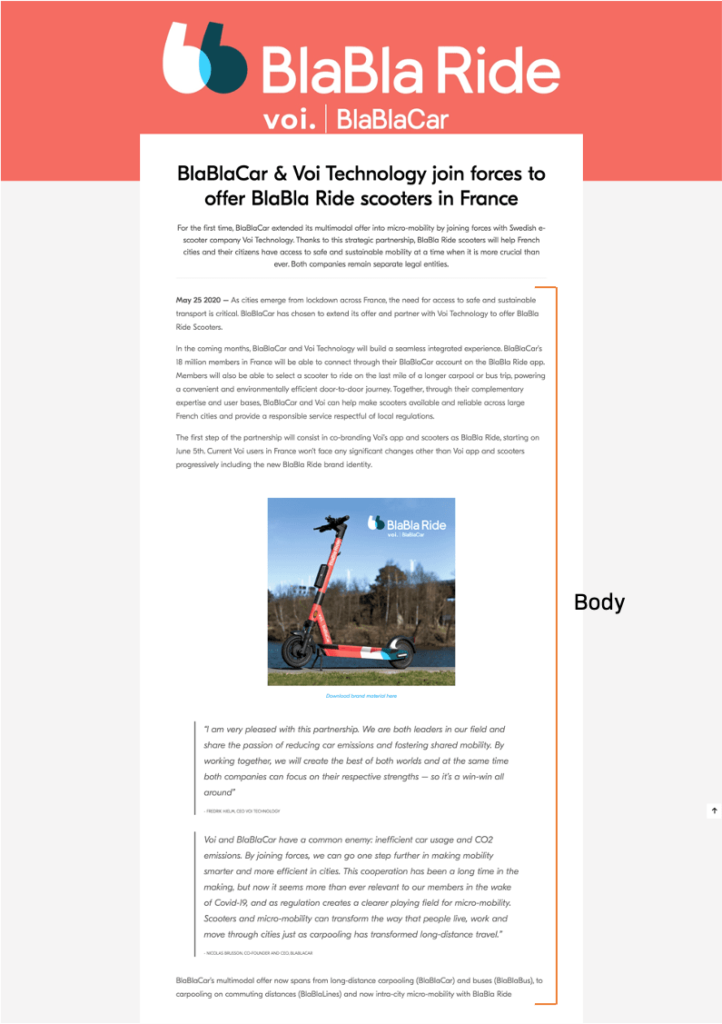 In the body of your press release, you can embed quotes or statistics, to make your piece more complete and solid.
In the body of your press release, you can embed quotes or statistics, to make your piece more complete and solid.
In addition, the writing style of the press release shouldn’t be extremely formal. Instead, attempt to customize the content a little bit, and an intense methodology can assist you with standing out from the crowd!
3.Finishing touches
Boilerplate
The boilerplate is one of the last components of your press release. This part is a short depiction of your organization, your product, or the person that is the core subject of your release. Here you can also embed a link to your site or to a landing page in regards to your product.
Contact information
It is vital to add the contact information of somebody who can give more details concerning the topic. It can be a phone number or email address, and if a journalist calls to have more data about the topic, you need to answer promptly.
Here’s an example from Novotel, showing that you can embed data concerning your own company in the boilerplate, but also concerning the third parties mentioned in your press release:
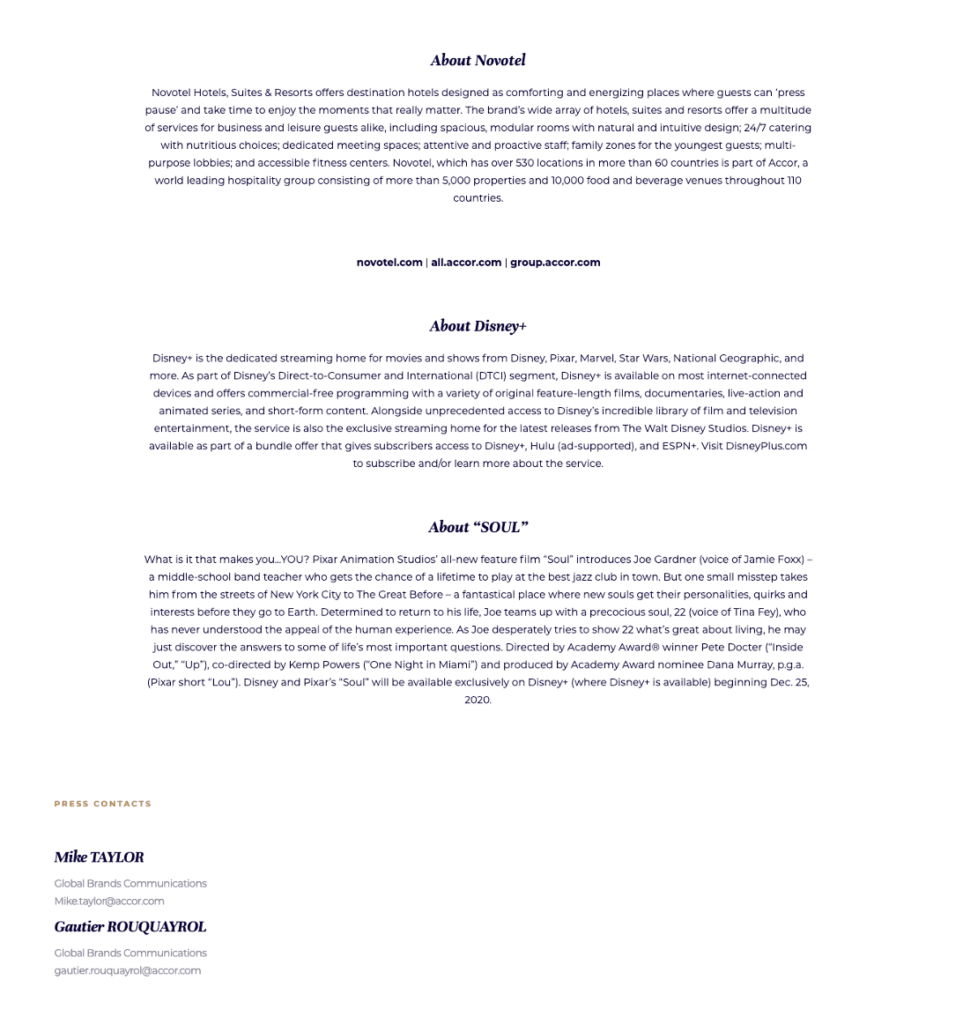 Even if you are an international company, you should add a boilerplate to your press release, just like McDonald’s does:
Even if you are an international company, you should add a boilerplate to your press release, just like McDonald’s does:
 Before sending your press release, ensure that you have these components – the ideal length being one page. Remember to add the logo of your organization to start with, so the reader knows which organization is being referred to.
Before sending your press release, ensure that you have these components – the ideal length being one page. Remember to add the logo of your organization to start with, so the reader knows which organization is being referred to.
You additionally need to embed the date of the press release over the headline. If the press release is embargoed (meaning if it is to be published on a later date), this is the place where you would need to give this data.
Last tip: adding pictures and videos to represent what you are saying as this improves the probability that the press release will be published and well received. Add all the visuals and other additional materials to your press release as links: this guarantees that the quality is high and that the receiver’s inbox will not jam. Also, remember that many people are visual.
After the press release completion
When your press release is ready and edited multiple times, the time has come to share it with the world. There are multiple options to take: Directly send it to journalists that will publish it on their media, publish it on newsrooms, pressrooms, on your own site, and via social media.
If you decide to share it with journalists and think that the correct methodology is to send it to everybody in your data set to ensure that somebody will publish it: Here is a tip.
Target the journalists that will be interested in your topic, so ensure that they are specialists in your field and that they will hear what you are stating. A journalist who had some expertise in the food-preparing industry would be more inspired by a piece about this field rather than about arts and crafts.
Regardless of whether your press release isn’t published this time doesn’t mean that you should stop writing and sending them. It is possible that the journalists are curious about you yet, but if you keep informing them, you might get published one day.
If you need a tool to create and publish effective press releases, our Liana®Cloud PR & Media solution will assist you in building impressive press releases while providing you with access to a large database of journalists from around the world.
Connect with us today at [email protected]



